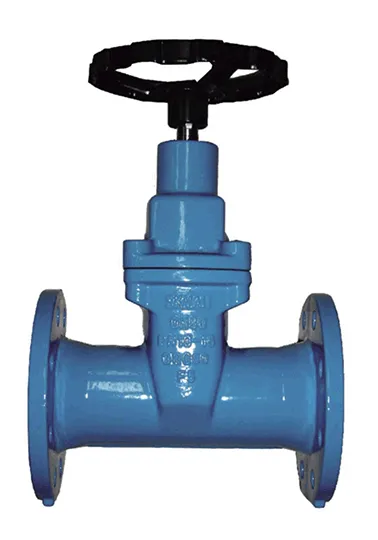11 月 . 01, 2024 15:54 Back to list
High-Performance Flexible Rubber Coupling for Vibration Reduction and Connection Security
Flexible Rubber Joints Essential Components for Fluid Systems
Flexible rubber joints, often referred to as flexible couplings or rubber expansion joints, are crucial components in various industries such as plumbing, HVAC, and manufacturing. These joints are designed to accommodate movement, vibration, and misalignment in piping systems, helping to ensure efficient fluid transfer and system longevity.
One of the primary functions of flexible rubber joints is to absorb vibrations generated by machinery or fluid flow within pipes. These vibrations, if left unchecked, can lead to wear and tear on pipelines and connected equipment, potentially causing leaks or failures. By incorporating flexible rubber joints, systems can reduce the impacts of vibrations, thus enhancing operational reliability.
Another important feature of these joints is their ability to accommodate thermal expansion and contraction. As temperatures fluctuate, pipes can expand or shrink, which may impose stress on rigid connections. Flexible rubber joints effectively mitigate this stress by allowing movement without compromising the integrity of the system. This flexibility is particularly beneficial in environments where temperature variations are significant.
flexible rubber joint

Installation of flexible rubber joints is typically straightforward, making them a popular choice for both new projects and retrofitting existing systems
. These joints come in various sizes and configurations to suit different piping requirements. Additionally, they are constructed from a range of rubber materials, allowing for compatibility with various fluids, including water, chemicals, and gases.Durability is another key advantage of flexible rubber joints. Designed to withstand the rigors of continuous use, high-quality rubber joints resist ozone, UV radiation, and other environmental factors that can cause degradation. This longevity translates to reduced maintenance costs and less frequent replacements, which can be critical for businesses looking to manage operational expenses.
Moreover, flexible rubber joints are effective in noise reduction. Systems that utilize these joints often experience lower noise levels due to their vibration-dampening properties, contributing to a more comfortable working environment, particularly in commercial and industrial settings.
In conclusion, flexible rubber joints serve as indispensable elements in fluid handling systems. Their ability to absorb vibrations, accommodate thermal expansion, and resist wear makes them ideal for a wide range of applications. As industries continue to evolve and prioritize system efficiency and longevity, the demand for flexible rubber joints is likely to grow. Investing in these components will not only enhance system performance but also contribute to overall operational success.
Share
-
Understanding the Differences Between Wafer Type Butterfly Valve and Lugged Butterfly ValveNewsOct.25,2024
-
The Efficiency of Wafer Type Butterfly Valve and Lugged Butterfly ValveNewsOct.25,2024
-
The Ultimate Guide to Industrial Swing Check Valve: Performance, Installation, and MaintenanceNewsOct.25,2024
-
Superior Performance with Industrial Swing Check Valve: The Essential Valve for Any SystemNewsOct.25,2024
-
Industrial Swing Check Valve: The Ideal Solution for Flow ControlNewsOct.25,2024
-
You Need to Know About Industrial Swing Check Valve: Functionality, Scope, and PerformanceNewsOct.25,2024